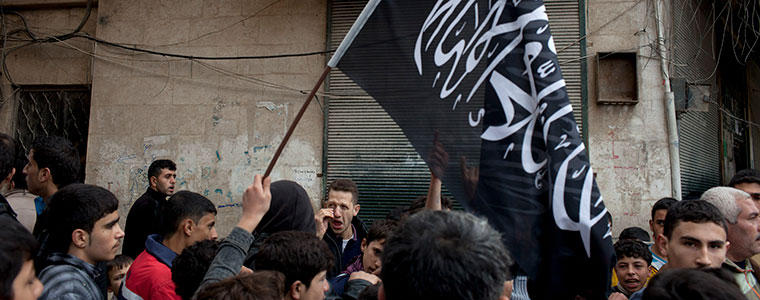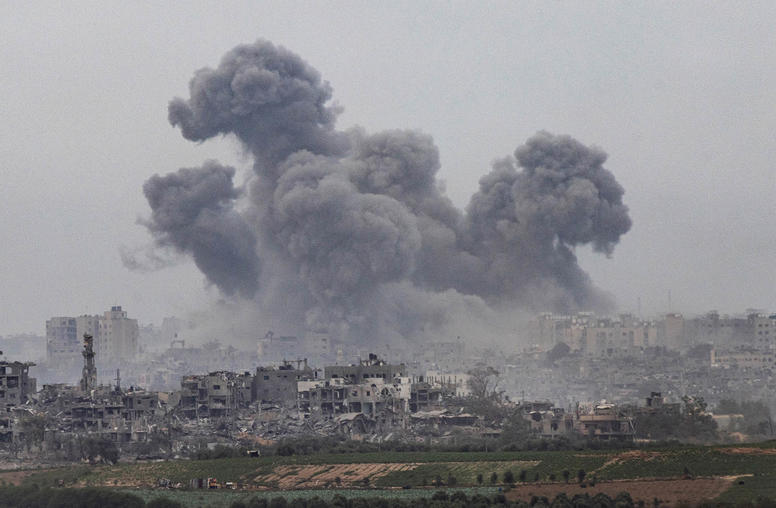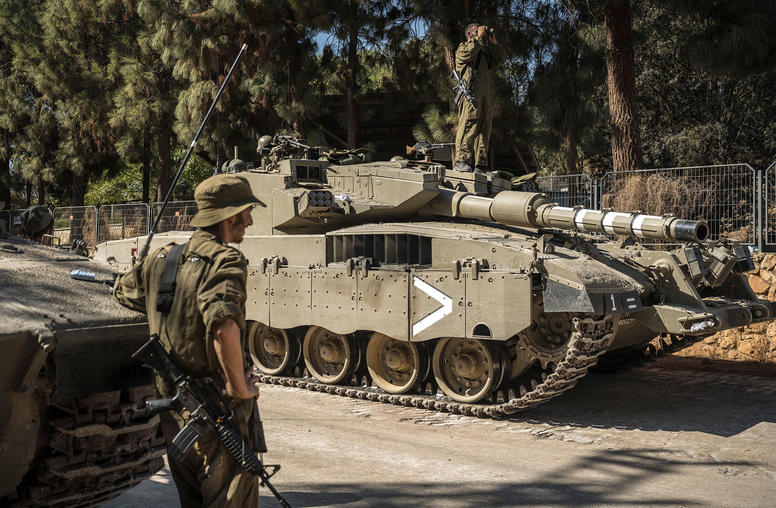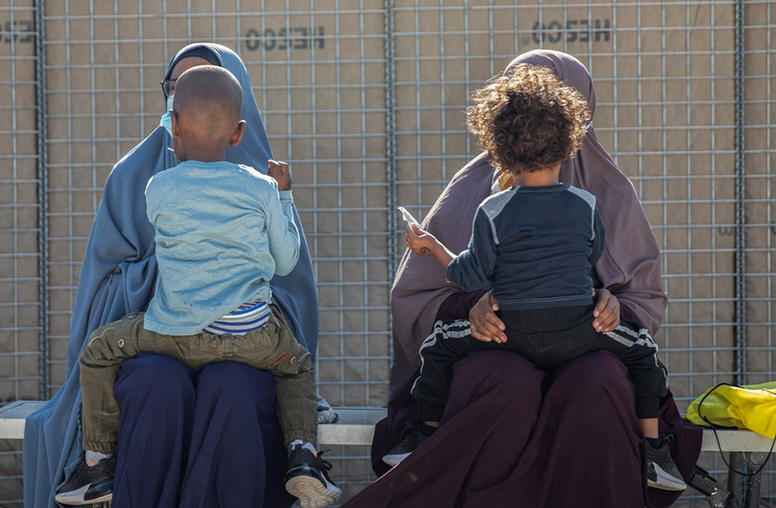
As the Syrian opposition struggles against the Assad regime, there is growing interest in what comes after when Assad leaves. USIP’s Steve Heydemann and others have been deeply involved in thinking and planning for this inevitability and USIP has facilitated the so-called Day After Project. Here’s a little Q&A USIP’s Liz Harper did with Steve. Most interesting takeaway? The fact that this group has had so much time to think deeply about this stuff – a reflection of how long the regime has kept the opposition down.
International leaders are increasingly speculating that Syrian President Bashar al-Assad's days are numbered, as calls for his peaceful departure grow louder. But, in the case he is toppled, what happens in the aftermath of regime collapse?
History and recent experiences elsewhere in the Arab world demonstrate the difficult challenges of post-conflict transitions. The new leadership must contend not only with the legacies of dictatorship, but with the immediate consequences of violence—human, social, institutional and economic—which vastly complicate, and have often overwhelmed, even the best efforts to build and consolidate democratic institutions and norms in a traumatized, post-conflict society. An organized, transitional governing structure is needed to address the challenges that could arise once the Assad regime falls.
For this reason, USIP has helped to facilitate "The Day After" project, a Syrian-led effort to plan for a post-Assad transition.
USIP's Steven Heydemann, the lead facilitator of these efforts, discusses the project, preparations for a post-Assad Syria, and potential pitfalls and complications in the post-conflict transition process.
What is "The Day After" (TDA) project?
To ensure a successful and orderly process, "The Day After" project convened approximately 45 Syrians – representing the full spectrum of the opposition – to participate in the development of plans designed to facilitate Syria's democratic transition, should the opposition succeed in bringing about the fall of the current regime. The group includes senior representatives of the Syrian National Council (SNC), the Local Coordination Committees in Syria (LCC), as well as former generals, economists and lawyers, among others, from inside Syria and the diaspora representing all major political trends and components of Syrian society. Both men and women are involved, and all the country's religious groups are represented in this group.
How did the project start? What has it been doing?
The U.S. Institute of Peace (USIP) and the German Institute for International and Security Affairs (SWP) initiated the project shortly after the March 2011 uprising began in an effort to assist the Syrian opposition with the technical aspects of transition, such as identifying key issue areas and laying out goals for transitional authorities.
Between January and June 2012, the Syrian participants and international experts in post-conflict planning met monthly to develop a shared vision of Syria's democratic future, define goals and principles of a transition, and to prepare a detailed yet flexible transition planning document.
With the assistance from technical experts, the group focused on six critical areas: rule of law; security sector reform; transitional justice; economic and social policy reform; constitution making; and election system design.
Later this month, the group plans to produce a final document published by a Syrian nongovernmental organization based on their meetings and technical consultations. | Read the full Q&A



